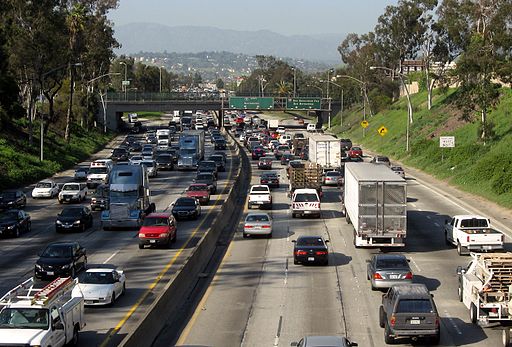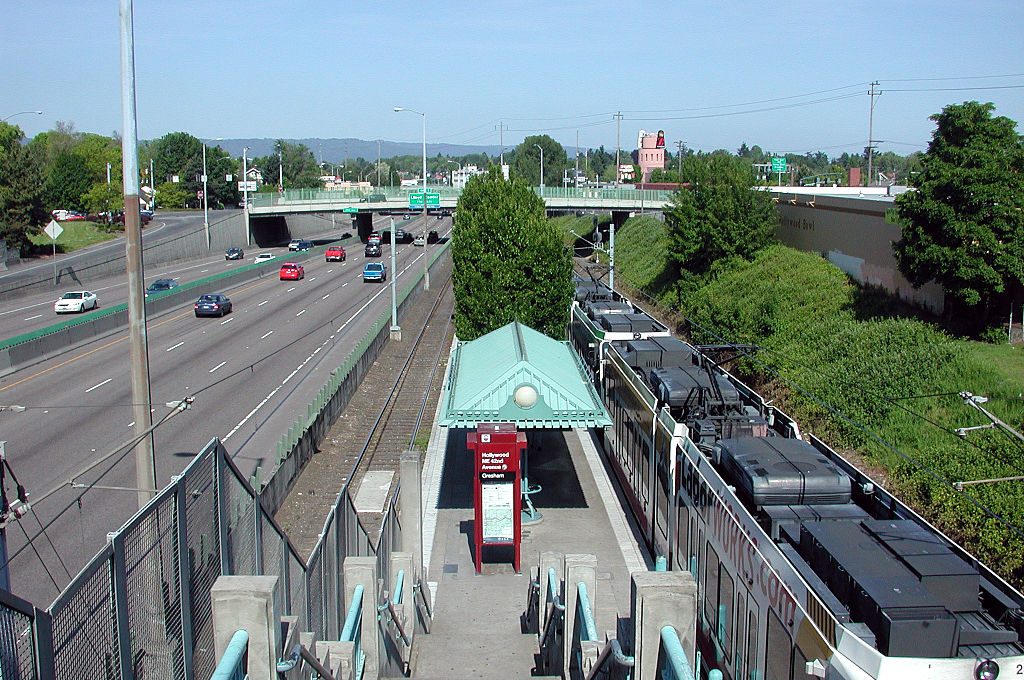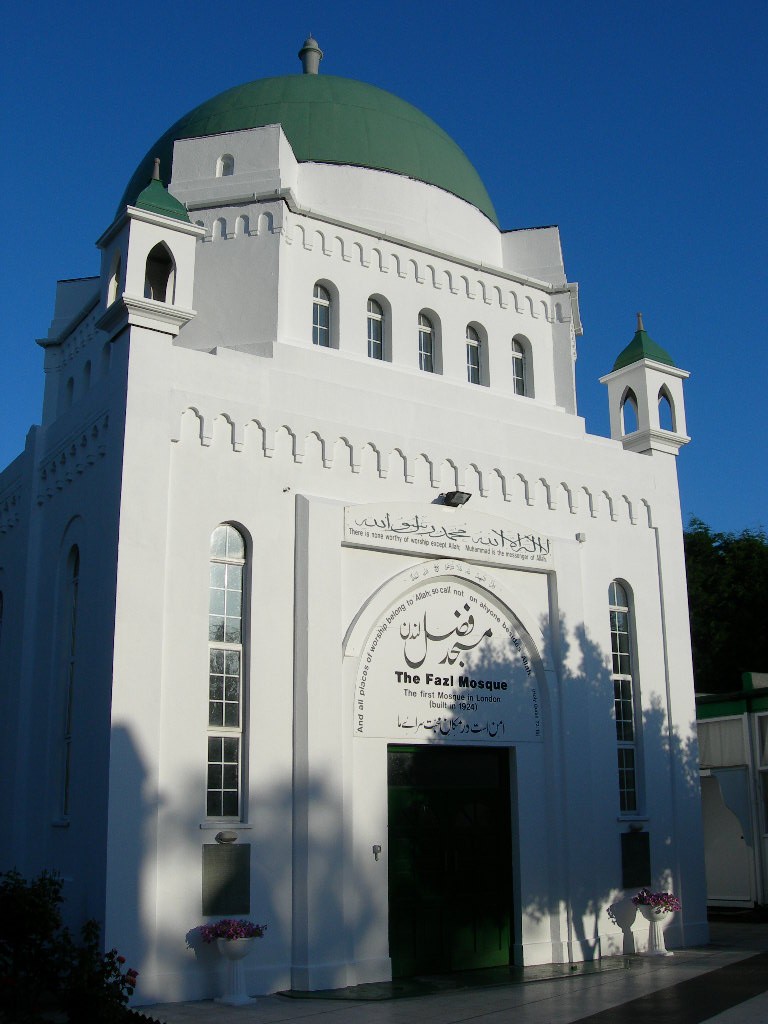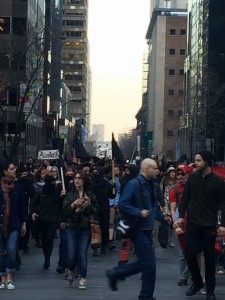 Do you remember when a few people suggested that Obama would crown himself dictator, run for a third term, confiscate all of the guns, etc., etc.? Now that the primaries and caucuses for the election of his successor are virtually complete, those fears seem to have dissipated, replaced with new fears, of course. And stoking fear happens across the political spectrum. Someone is taking away our opportunities (whether identified as immigrants or the superrich). Someone is trying to take away our vote (whether a particular party or campaign, SuperPACs or legislators through redistricting and new voting requirements). If the other party (whichever is other within the conversation) comes to power, they will take away vital rights (reproductive choice, second amendment, privacy, etc.). We are repeatedly told to be afraid. With all the talk of fear, it appears that the freedoms and quality of life in the United States hang by a thread.
Do you remember when a few people suggested that Obama would crown himself dictator, run for a third term, confiscate all of the guns, etc., etc.? Now that the primaries and caucuses for the election of his successor are virtually complete, those fears seem to have dissipated, replaced with new fears, of course. And stoking fear happens across the political spectrum. Someone is taking away our opportunities (whether identified as immigrants or the superrich). Someone is trying to take away our vote (whether a particular party or campaign, SuperPACs or legislators through redistricting and new voting requirements). If the other party (whichever is other within the conversation) comes to power, they will take away vital rights (reproductive choice, second amendment, privacy, etc.). We are repeatedly told to be afraid. With all the talk of fear, it appears that the freedoms and quality of life in the United States hang by a thread.
And yet, if we step back and think about it, our way of life is not as tenuous as some would lead us to believe. The horrific shooting in Orlando this past weekend is both tragic and scary, fanning our common fears of mass violence, especially among communities who feel targeted. While people discuss various aspects of the shooting and propose potential policies that might prevent it (depending on which cause they emphasize; homophobia, religious zealotry, access to guns, mental illness, . . . ), we need to remember that we are more likely to die in a traffic accident (as the signboard counts of YTD fatalities remind us) than in a mass shooting, yet that fear is not as visceral. Continue reading “Profitable and Harmful Fear”




 Do you remember when a few people suggested that Obama would crown himself dictator, run for a third term, confiscate all of the guns, etc., etc.? Now that the primaries and caucuses for the election of his successor are virtually complete, those fears seem to have dissipated, replaced with new fears, of course. And stoking fear happens across the political spectrum. Someone is taking away our opportunities (whether identified as immigrants or the superrich). Someone is trying to take away our vote (whether a particular party or campaign, SuperPACs or legislators through redistricting and new voting requirements). If the other party (whichever is other within the conversation) comes to power, they will take away vital rights (reproductive choice, second amendment, privacy, etc.). We are repeatedly told to be afraid. With all the talk of fear, it appears that the freedoms and quality of life in the United States hang by a thread.
Do you remember when a few people suggested that Obama would crown himself dictator, run for a third term, confiscate all of the guns, etc., etc.? Now that the primaries and caucuses for the election of his successor are virtually complete, those fears seem to have dissipated, replaced with new fears, of course. And stoking fear happens across the political spectrum. Someone is taking away our opportunities (whether identified as immigrants or the superrich). Someone is trying to take away our vote (whether a particular party or campaign, SuperPACs or legislators through redistricting and new voting requirements). If the other party (whichever is other within the conversation) comes to power, they will take away vital rights (reproductive choice, second amendment, privacy, etc.). We are repeatedly told to be afraid. With all the talk of fear, it appears that the freedoms and quality of life in the United States hang by a thread. Notions like tolerance and multiculturalism, suggesting that a society should celebrate the variety of cultures present, has many positive elements for encouraging diversity and underrepresented communities. To function, though, multiculturalism relies on the delineation of boundaries for various cultural communities and, as implemented in places like Great Britain in the 1990’s, specific organizations represent clearly labeled communities and become the conduits for government grants and the means for communication with the government. The potential pitfalls of this approach have come to the fore in the response to the
Notions like tolerance and multiculturalism, suggesting that a society should celebrate the variety of cultures present, has many positive elements for encouraging diversity and underrepresented communities. To function, though, multiculturalism relies on the delineation of boundaries for various cultural communities and, as implemented in places like Great Britain in the 1990’s, specific organizations represent clearly labeled communities and become the conduits for government grants and the means for communication with the government. The potential pitfalls of this approach have come to the fore in the response to the  When we think of things that we encourage children to be when they grow up, “prostitute” is not typically on the short list, needless to say. In fact, when I talk with my students about the social stigmas regarding sex, several of them not infrequently remark that telling their parents that they have committed murder would be more desirable than admitting to sex work.
When we think of things that we encourage children to be when they grow up, “prostitute” is not typically on the short list, needless to say. In fact, when I talk with my students about the social stigmas regarding sex, several of them not infrequently remark that telling their parents that they have committed murder would be more desirable than admitting to sex work. The old adage that many parents have taught their children has taken on more powerful form in the age of Terror Alerts and school shootings. Like those airport announcements about reporting any unattended baggage, these admonitions and attitudes generate fear that justifies increasing governmental surveillance and the appropriation of additional resources to the state’s security apparatuses (and the private companies who make surveillance equipment like the $120 million of full body scanners whose effectiveness
The old adage that many parents have taught their children has taken on more powerful form in the age of Terror Alerts and school shootings. Like those airport announcements about reporting any unattended baggage, these admonitions and attitudes generate fear that justifies increasing governmental surveillance and the appropriation of additional resources to the state’s security apparatuses (and the private companies who make surveillance equipment like the $120 million of full body scanners whose effectiveness 

